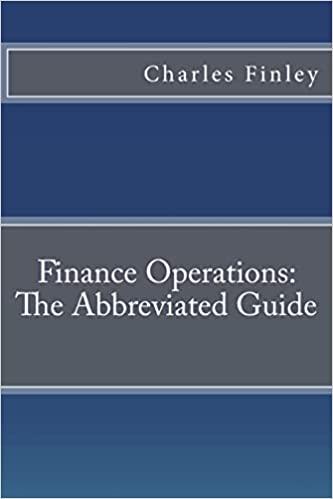Question
In finance, January effect is the idea that January is usually a good month for investing. The theory predicts that every December, the stock prices
In finance, January effect is the idea that January is usually a good month for investing. The theory predicts that every December, the stock prices will take a dip while the following month, it will receive a boost. This occur because of heavy selling during December while in January we will see aggressive buying. This idea was first coined by Sidney Wachtel, an investment banker in 1942. They are several explanation on this occurrence. One of it is tax-loss selling hypothesis by Branch (1977) where a taxpayer wishing to offset a gain or reduce ordinary income. The idea is that investors sell of their price-declined shares at the end of the tax year (December), in order to reduce to reduce tax liability. Another explanation could be the fact that the small firms have a significantly higher risk (and hence an associated higher return) during the first month of each new year than during the following months (Rogalski and Tinic, 1986). One have to remember that evidence of January effect is a manifestation of the failure of efficient market hypothesis (EMH) to hold.
Asteriou and Kavetsos (2003) suggested to test explicitly for January effects, to run the following regression equations


Step by Step Solution
There are 3 Steps involved in it
Step: 1

Get Instant Access to Expert-Tailored Solutions
See step-by-step solutions with expert insights and AI powered tools for academic success
Step: 2

Step: 3

Ace Your Homework with AI
Get the answers you need in no time with our AI-driven, step-by-step assistance
Get Started


